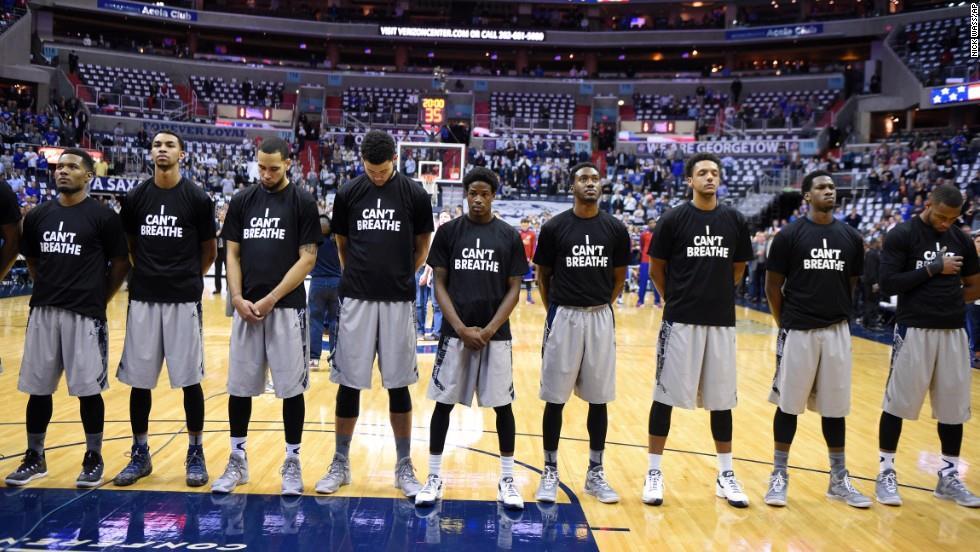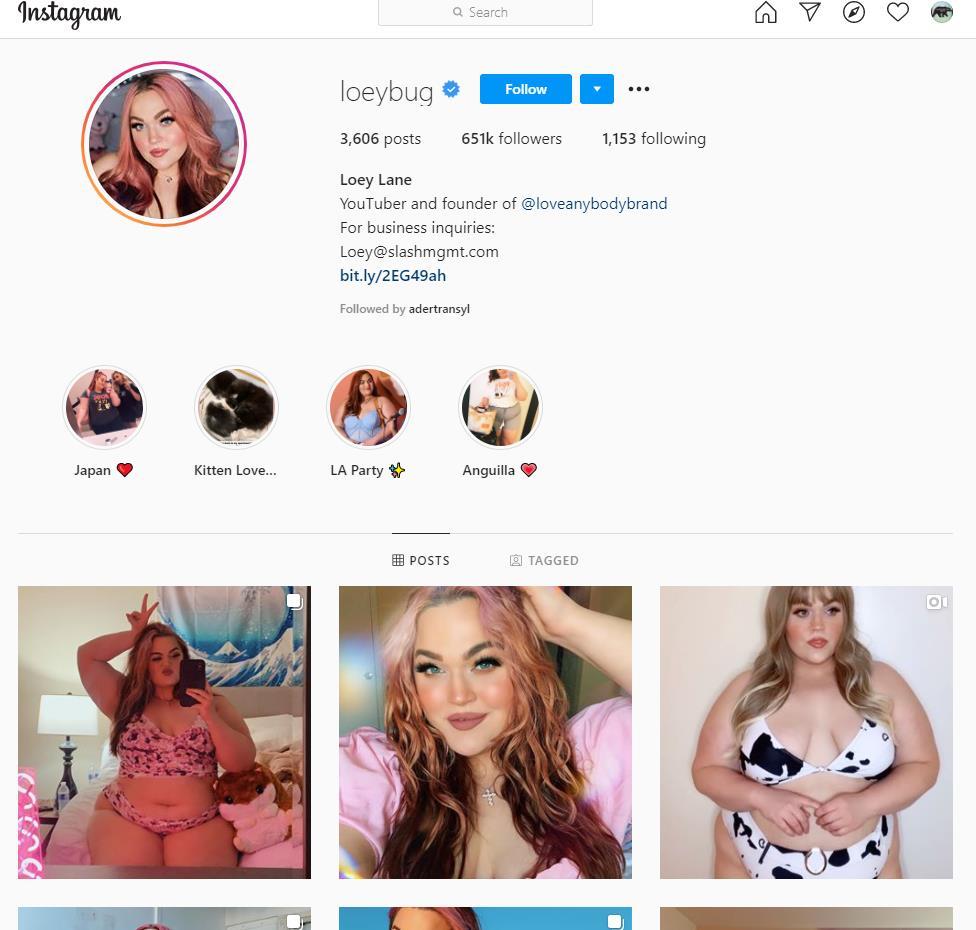
7 minute read
Fly on the Wall: A
LETTER FROM THE EDITOR
Dear Readers,
Advertisement
This is the very first edition of the Clawprint! This year, we have completely remodeled the old newspaper and revamped it to complement the ever-changing nature of the teenage experience. Each month a new, stylish publication will be released, keeping everyone up to date on the happenings of Creekview.
This small team has worked incredibly hard to put out this first publication and get things started at the Clawprint. We recreated the idea of Student Journalism and news at Creekview.
Because our issues only come out every month, we brainstormed a way to stay connected with our student body and continue to amplify their voices. So we created a social media platform to showcase individuals who don’t typically get the spotlight. We focus on highlighting the student and teenage experience during a time of Uncertainty.
Since we have such a small staff, we have had our fair share of struggles to put out this publication, from worries about content, to helping new writers to find their voice, we worked together beautifully to help everyone in the staff feel heard and respected. I am so proud of this team for putting their all into it and producing an amazing first issue.
As always, we focus on the students and their voices as the unique individuals they are not just a face in the crowd. We hope that students of all kinds, from all backgrounds, with all different dreams will find something of interest in our publication. We want to hear your stories and put them out there for others to take from and be inspired by. I hope we leave you feeling inspired.

Fly on the Wall: Memoir of a Student Journalist Written by: Lexie Holder Photography courtesy of: Lexie Holder
There is a common misconception about what Student Journalists do. Because of constant stereotypes of the “high school newspaper” being a group ofnerds who write about school news nobody reads about, student journalists are often faced with their dreams coming to a halt because ofbudgetcuts due to the student bodyputting life behind these misconceptions. No, we don’t sit and write articles all day aboutmatters that nobody wants to read about. We engage with the people, and we give them voices.
I could sit here all day and act like I didn’t used to think the same way. I could sit here and act like I didn’t believe those same stereotypes about the student press. But when I was younger, I was made aware of my talents of connecting with people. I was made aware of my ability to observe my surroundings at all angles. So, in a moment of adventure, I joined the newspaper.
At first, I hated it. Every second was fast, and I had absolutely no clue what I was doing in that class. But this did not affect my ability to keep up. That is when I discovered my passion. The thought of writing articles unmotivated me, but the thought of expressing my opinions and letting other people express theirs was gravitating for me. The moment when the article that I am passionate aboutcomes together the way I envisioned itand the work I put into it gets seen gives me goosebumps now.

In my work, I can help other students make decisions, be heard, and also heavily portraymy own opinion all in one article. As student journalists, we can bring issues into stark contrast with societal opinion. We can observe in a new fashion. We are the “flies on the wall.” When conducting an interview with a student who doesn’t get noticed by the rest of the school and finding out about their ideology, we gain a certain type of access into their lives, making the present into tangible history. Some things that go on at school now could be forgottenin later years; the only thing we would have to hang on to that is a distant memory of what was. But when we create a factual representation of what events actually occurred in that moment and create it in writing, we are essentially freezing moments. It’s an amazing feeling to be a part of so many high school memories.
We are the middleman between action and influence. We are the more observant. We are student journalists.
Even in the light of living through a pandemic, people still seem to have a fixation on their weight - especially weight gain. As millions of people around the world self-quarantine to reduce the chances of coronavirus spreading, a new, not-so-body-positive trend has surfaced on the internet.

The Quarantine-15is a sayingwhich targets individuals who have gained weight during their self-quarantine. Much like other infamous weight gain trends, the Quarantine-15 is a toxic approach to a serious issue. It provides nothing but self-image issues for those affected and offers no genuine help people seeking any. Individuals who chose to self-isolate did so with the greater good of their families and community in their mind, and with the constant stress of having their routine lives taken away, poorer eating habits is a natural development; that doesn’t mean they should be ridiculed for their choices. This is just one instance in the fight for body positivity and self-love.

In the world we live in today, it is easy to see why poor self-image is an issue thatwill just not go away. Throughout our lives we see unrealistic body standards for men and women; whether it be on a billboard or on your smartphone, it has become unavoidable. Major beauty industries, such as Calvin Klein, are guilty of “touching-up” their advertisements before they are used; however, it typically goes beyond just “touching up.”
These photos are altered to make the model look perfect in every single way by editing out facial blemishes and photoshopping a model’s figure to fit the “standard” for beauty. This creates a toxic environment within the beauty industry, creating a false body standard that is very hard (if not impossible) to achieve just to sell products. The infamous Justin Bieber Calvin Klein ad is a perfect example of this; even though Bieber is an objectively fit person, his muscle definition and overall body shape was altered to better fit the stereotypical standard of an attractive man. This false standard could lead to a decrease in body positivity as men could look at this and hold themselves to a standard that the model has not even naturally achieved.
Feature
Despite the continued toxic practices in the beauty industry along with trends such as the Quarantine-15, there have been great steps forward when it comes to the body positivity movement. In January of 2018, CVS launched the ‘Beauty Unaltered’ campaign, which aims to educate consumers on the differences between authentic and digitally altered beauty ads. CVS made it a part of their policy to clearly include labeling on the advertisement disclosing if the image was digitally altered or a part of their Beauty Unaltered campaign. This step in the right direction helps cut down on self-image issues rooted in false beauty advertisements, as it not only clearly labels digitally altered images, but also pushes for natural beauty over unrealistic beauty. On a more local side of things, students within our school have stepped up and created Instagram accounts for both boys and girls to support each other and spread self-love and body positivity.@cvhs.girlsupportand @cvhs.theboisare two Instagram accounts where students can submit anonymous statements to be posted on the account. Many statements were immediately posted spreading love for the student body, such as girls anonymously complimenting each other and boys calling out the need to stop body shaming girls. These platforms allow students to anonymously receive the supportthat should be passed around in our day-to-day lives. I strongly encourage anyone to visit these pages and help spread some self-love!
The altering of models and images is plastered throughout our lives, especially on social media, where we as teenagers spend much ofour time. This constant reminder of the impossible standard influences everyone. However, many have turned to style choices to help better their self-image and to combat the toxic stigma. Style and body-positivitygo hand-in-hand, causingmanyto use style to better their self-image. By wearing things that make a person feel comfortable in their body, they are working on improving their self-image. While the toxic standard of “dressing to your body type” still exists, the positivity on social media is working to eradicate that standard and help everyone to feel comfortable in their bodies.




